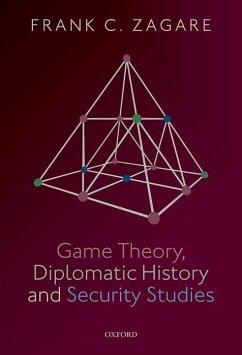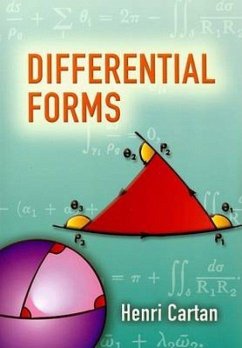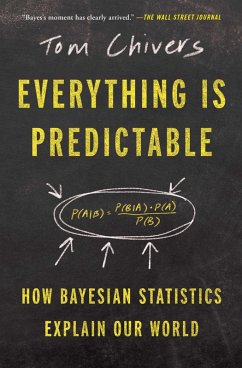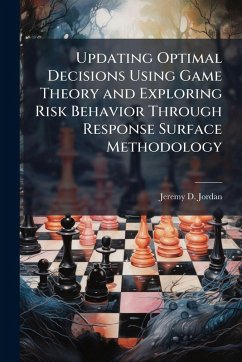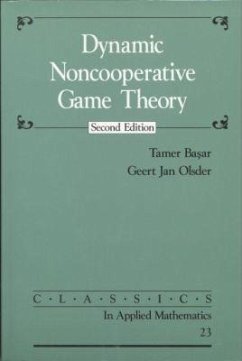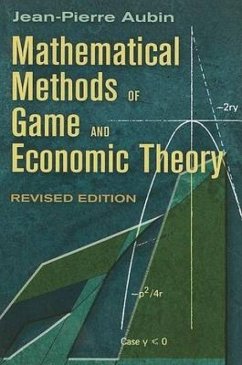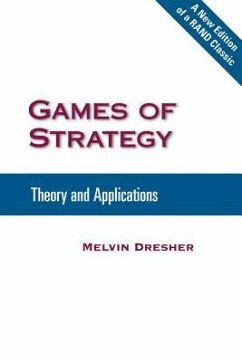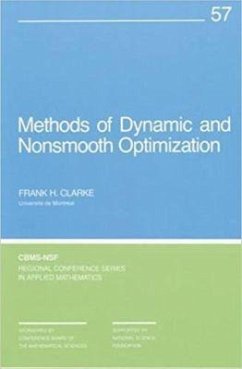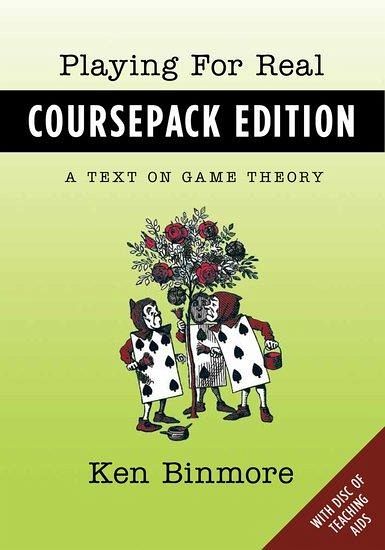
Playing for Real, Coursepack Edition
A Text on Game Theory
Versandkostenfrei!
Versandfertig in über 4 Wochen
80,99 €
inkl. MwSt.

PAYBACK Punkte
40 °P sammeln!
Playing for Real is a problem-based textbook on game theory that has been widely used at both the undergraduate and graduate levels. The Coursepack Edition contains only the material necessary for a course of ten two-hour lectures plus problem classes. It comes with a disc of teaching aids including the author's own lecture presentations and two series of weekly exercise sets with answers.



